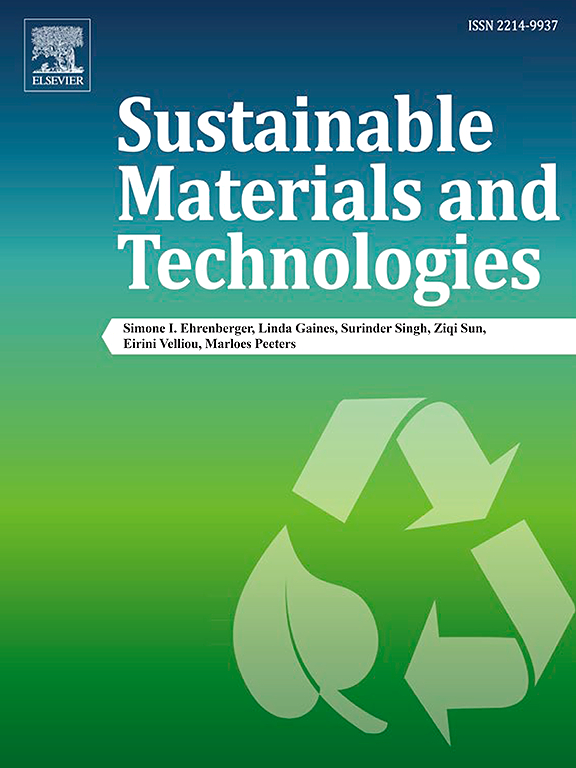Self-powered sensing potential in CO2 adsorption-desorption processes
IF 8.6
2区 工程技术
Q1 ENERGY & FUELS
引用次数: 0
Abstract
Sensors for detecting the presence, concentration or flow rate of target molecules are widely used in gas detection, environmental monitoring and industrial process control. Given the increasing importance of CO2 in carbon capture, utilization, storage (CCUS) technologies and various industrial processes, this study explores the micro power generation and sensing potential in CO2 adsorption-desorption processes. We delve into the micro-mechanisms underlying the temperature response of NaX molecular sieve during these processes. Using Monte Carlo simulations, molecular dynamics simulations and experimental methods, we investigate how the temperature changes during adsorption/desorption processes. Our findings attribute the asymmetric temperature response curve to the molecular sieve's faster adsorption rate of CO2 compared to its desorption rate under a flashing N2 flow, leading to a rapid increase in adsorption temperature. Based on the temperature response, we designed a micro power generation device that connects adsorption-induced temperature differentials to measurable electrical signals. The device, based on the temperature difference of up to 84.78 K generated during the adsorption-desorption process, produces a maximum output current of 3.34 mA and a power output of 117.1 μW. This cost-effective, self-powered approach shows great potential for CO₂ sensing and detection of other gases, especially for integration into CCUS and adsorption-desorption-based sensing applications.

求助全文
约1分钟内获得全文
求助全文
来源期刊

Sustainable Materials and Technologies
Energy-Renewable Energy, Sustainability and the Environment
CiteScore
13.40
自引率
4.20%
发文量
158
审稿时长
45 days
期刊介绍:
Sustainable Materials and Technologies (SM&T), an international, cross-disciplinary, fully open access journal published by Elsevier, focuses on original full-length research articles and reviews. It covers applied or fundamental science of nano-, micro-, meso-, and macro-scale aspects of materials and technologies for sustainable development. SM&T gives special attention to contributions that bridge the knowledge gap between materials and system designs.
 求助内容:
求助内容: 应助结果提醒方式:
应助结果提醒方式:


